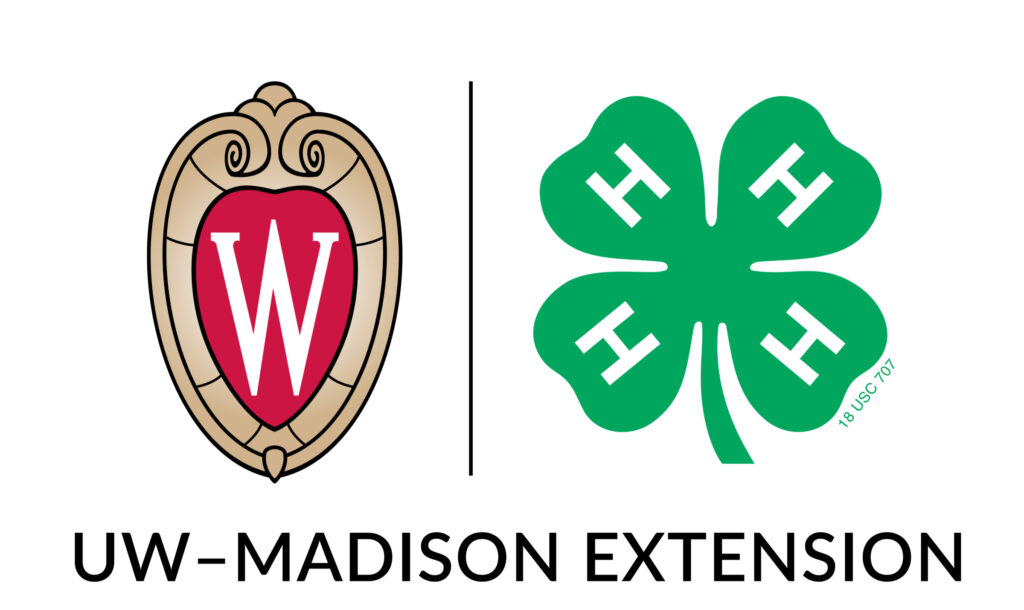SMART to SMARTIE Goals

FAQ: Why do I talk about “X” when I talk about 4-H?
Youth Empowerment Focus: Provide Opportunities
Social Justice Principle: Encourages Collective Action
Further Objectives: True Leaders Part IV-
Building Networks and Agency
Example Document: Junior/Senior Council Activity Hand-out
Development Team
Div. of Extension: Laura Vander Veen, Erin
Conway

What We Know
Every year the WI 4-H program has areas of focus for 4-H youth and families, especially youth and adult leaders. These goals are SMART goals. Specific, Measurable, Achievable, Relevant and Timebound. We knew that everyone was not interpreting the examples of possible goals the same. We knew we needed to know what people were interested in based on the information that state was asking for in charters. We decided to use our charters to share information at a leader council meeting to choose an area of focus. In the end our SMART goals became SMARTIE, which includes Inclusive and Equitable.
What We Did
First, at our January Leader Council meeting, we did a SMART Goal speed dating activity. We printed out copies of all the club goals and blacked out any identifying information. We gave one club charter to each person. Meeting participants then ‘met’ each other briefly over a series of 15 minutes. At the end of the time, we asked for observations of we had most in common. The participants identified four areas.
Second, in February we came back together to build off the four areas. We wanted to provide a space for everyone’s voice and not focus on ‘answering’ as the objective, which might cause affinity groups or judgment.
We did a Starbursting activity.
- Everyone received a piece of paper that had the four
focus areas listed. - We spent time writing all the questions we had about
each area. - We compiled these questions and shared them back with
the entire group.
Third, we used a dot vote for people to select the area of focus based on the lists of questions with which they most identified.
Anchor Content
Use authentic, real life documents from your program like surveys, notes from meetings and charters from various years. This values the local voice.
We knew there were parts of each focus area that affected the other areas. That meant that no matter what participants picked, we knew we could work together to paint a complete picture around increasing engagement, the overarching goal of both our local program and WI 4-H.
Brave and Safe Space
Sometimes groups are not ready for what Brave and Safe Space really means. That is okay and you can develop this through alternative forms of participation. We had observed that at leader meetings, several voices dominated the conversation. We also noticed that at meetings, the leaders tended to ask direct questions of one selected person and move on after receiving one answer.





